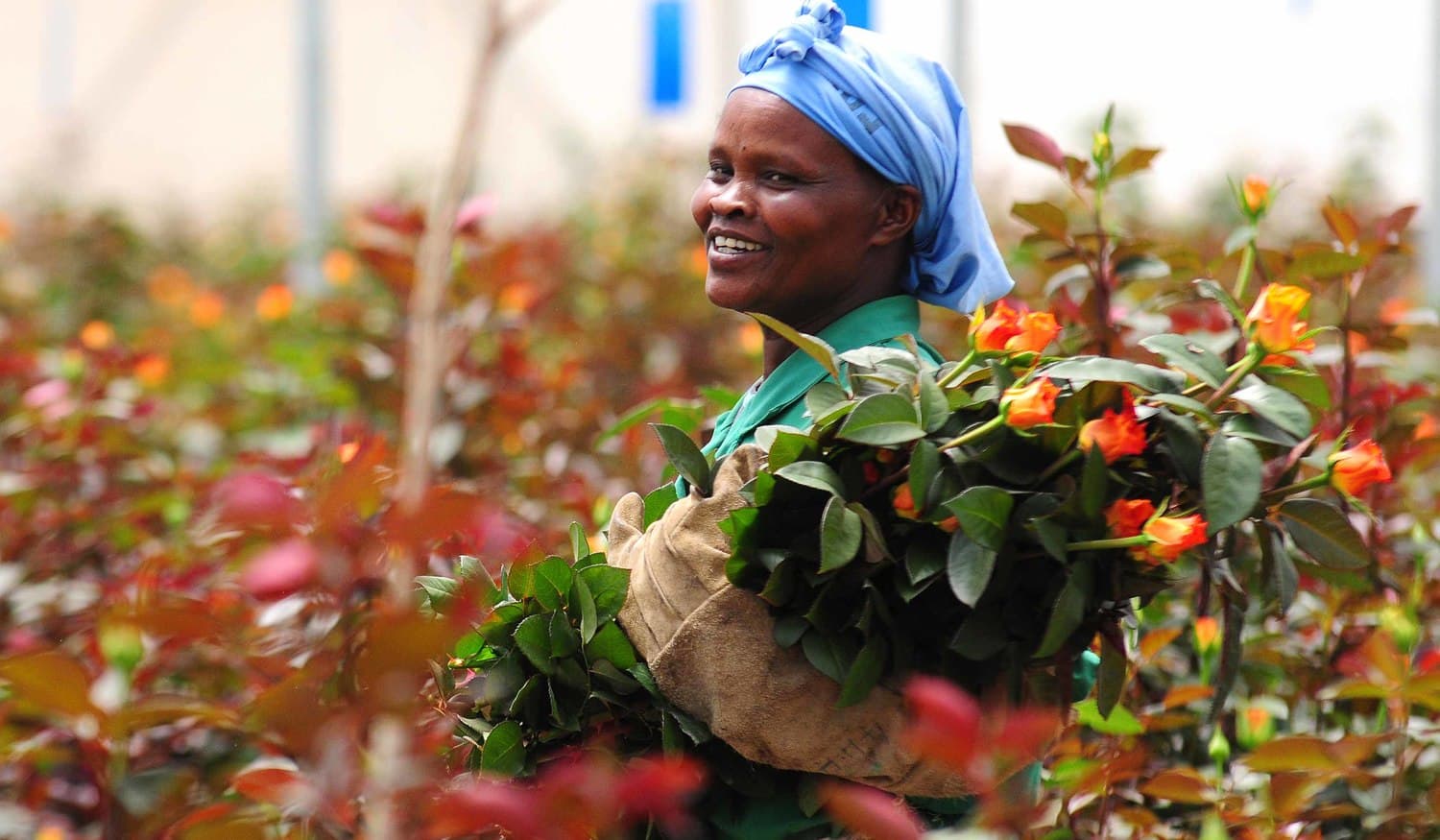We're loading the full news article for you. This includes the article content, images, author information, and related articles.
Kenya's billion-shilling floriculture sector, a critical source of foreign exchange and employment, is navigating rising operational costs and climate pressures by targeting new markets and embracing sustainable technologies to defend its global position.

Kenya's floriculture industry, a cornerstone of the national economy and the fourth-largest global exporter of cut flowers, is at a critical juncture. The sector, which generated approximately KSh 108 billion (USD 835 million) in export earnings in 2024, is grappling with a confluence of challenges including soaring freight costs, climate change impacts, and shifting global market dynamics. Despite these headwinds, the industry demonstrates resilience, actively seeking new opportunities in emerging markets and leveraging technology to maintain its competitive edge. The sector's health is vital, employing over 200,000 Kenyans directly and supporting the livelihoods of up to four million people.
A primary challenge squeezing profit margins is the escalating cost of logistics. Air freight, the primary mode of transport for the perishable blooms, has seen significant price hikes. Clement Tulezi, CEO of the Kenya Flower Council (KFC), stated in early 2025 that the industry faces a weekly air freight capacity shortage of about 30%, or 1,000 tons, driving costs up to USD 5.30 per kilogram. This issue is compounded by geopolitical instability, such as disruptions in the Red Sea, which have rendered sea freight a less reliable alternative, forcing most exports back into the costly air channels.
Climate change presents another existential threat. Increasingly erratic weather patterns, including droughts and unpredictable rainfall, strain water resources, a critical input for flower farming, particularly in key growing areas around Lake Naivasha. These environmental shifts also contribute to the rise of new pests and diseases, such as the False Codling Moth (FCM), a quarantine pest that led to over 40 interceptions by the European Union in 2024, threatening market access.
On the regulatory front, Kenyan exporters face a complex web of over 50 different taxes and levies, alongside stringent sanitary and phytosanitary standards in international markets. According to the KFC, new charges introduced in mid-2024 have placed a significant additional burden on exporters already navigating thin margins.
In response to these pressures, the Kenyan flower industry is undergoing a strategic transformation. A key pillar of this shift is market diversification. While the European Union remains the largest market, absorbing about 70% of exports, growers are actively cultivating new trade relationships. Between 2019 and 2023, the share of exports to the EU and UK dropped from 75.6% to 66.3%, not due to a decline in volume but because of significant growth in other markets. There is rising demand from the Middle East (UAE, Saudi Arabia), Asia (China, Japan, Malaysia), and other emerging markets like Kazakhstan. China, for instance, accounted for 2% of exports in 2024, a figure with substantial growth potential.
Sustainability has evolved from a compliance requirement to a core competitive advantage. Many farms are investing heavily in renewable energy, particularly solar power, to combat high electricity costs and reduce their carbon footprint. The Kenya Flower Council's Flowers and Ornamentals Sustainability Standard (FOSS) certification, which aligns with global standards, is a key tool in promoting eco-friendly practices like water conservation and reduced pesticide use, enhancing the reputation of Kenyan flowers.
Innovation extends to logistics, with a long-term vision to shift a significant portion of exports from air to sea freight. The KFC has articulated a goal of moving 50% of flower exports by sea by 2030 to cut costs and align with global decarbonization trends. This transition requires substantial investment in cold chain infrastructure, including refrigerated wagons and port facilities, a process being explored in partnership with countries like the Netherlands.
Despite the complex challenges, the outlook for Kenya's floriculture sector remains cautiously optimistic. The industry's global market share for air-transported flowers has grown significantly, from 8.6% in 2003 to 16.1% in 2024. Projections from the Kenya Flower Council suggest export earnings could rise to KSh 110 billion (USD 851 million) in 2025. This projected growth is contingent on the industry's continued ability to innovate, adapt to climate change, and navigate a complex global trade environment. The strategic pivot towards new markets, sustainable practices, and more efficient logistics will be crucial in ensuring that Kenya's flower power continues to bloom for years to come.
Keep the conversation in one place—threads here stay linked to the story and in the forums.
Other hot threads
E-sports and Gaming Community in Kenya
Active 6 months ago
Popular Recreational Activities Across Counties
Active 6 months ago
The Role of Technology in Modern Agriculture (AgriTech)
Active 6 months ago
Investing in Youth Sports Development Programs
Active 6 months ago